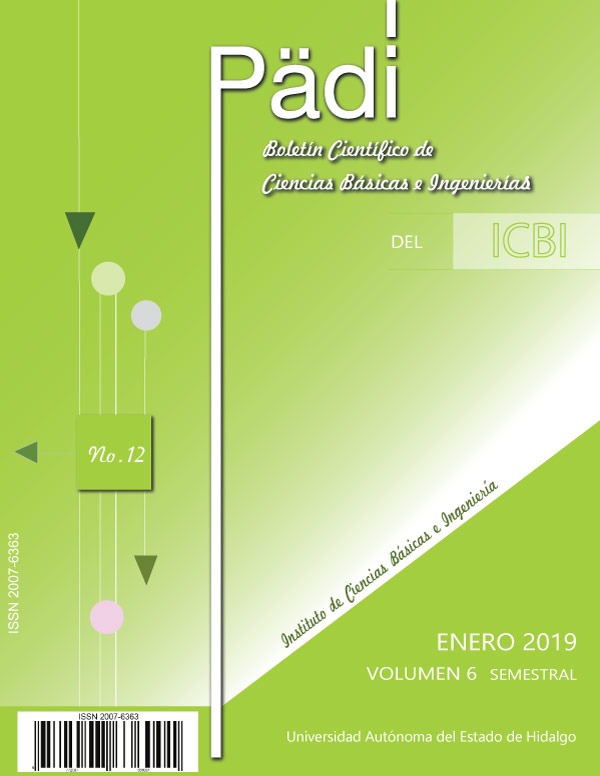Inventory and cataloging of historic garden, such as cultural landscapes in Mexico City, for recognition in the cultural property laws
Abstract
The tendency of human beings to transform the rural or urban environment in which they live is part of their nature and the gardens, parks and squares of historical character located in Mexico City (CDMX), are subject to these changes, so this research aims to place them as protagonists worthy of being preserved and position them as places of great utility, which can give the population that visit them a set of knowledge that endures from generation to generation. Given that such sites combine unique architectural and biological characteristics that together provide environmental and cultural services of paramount importance to society, derived from a pre-Hispanic tradition, but that contradictoryly do not have an optimal guardianship for their safeguarding, in the General Monuments Law in its last amendment of 2015. A local legal alternative that contains favorable elements to protect such sites as part of Cultural Landscapes is the Law of Safeguarding the Architectural Urbanistic Heritage of the CDMX. In this sense, an inventory is a useful tool to be able to create a catalogue that helps to establish the rules and procedures for their proper management and position them within the Mexican laws, in order to help solve the destructive anthropogenic tendencies when considering new routes in their management.
Downloads
References
Añón, Carmen (1989). El Jardín histórico: notas para una metodología previa al proyecto de recuperación. Barcelona. pp. 312-314.
Bazin, Germain (1987). Paradeisos. Historia del Jardín. Ed. Plaza Janes, Paris Francia, pp.11-14. ICOMOS “Carta de Florencia, carta de los Jardines Históricos”. En Dal Restauro del monumento al resturo del territorio. Francesco Gurrici. Ed. Sansoni Studio, 1981.
McClellan, James. E. 1992. Colonialism and Science. Saint Domingue in the Old Regine, Baltimore y Londres, The John Hopkins University Press pp.1712.
Rzedowski, G. C. de, J. Rzedowski y colaboradores, 2005. Flora fanerogámica del Valle de México. Instituto de Ecología, A. C. y Comisión Nacional para el Conocimiento y Uso de la Biodiversidad. Pátzcuaro, Michoacán. (Edición digital: INECOL 2010), pp. 33-40.
Zamudio, Graciela (1992). “El Jardín Botánico de la Nueva España y la institucionalización de la botánica en México”, en J.J. Saldaá (comp.), “Los orígenes de la ciencia nacional”, Cuadernos de Quipu, núm. 4, México, pp.55-98.
Zamudio, Graciela (2002). “El Real Jardín Botánico del Palacio Virreinal de la Nueva España”, Ciencias, 68, México, octubre, pp.22-27.
Alcántara, Saúl (2016) www.journals.unam.mx › Inicio › Vol 2, No 10 (5) (2016) › Alcántara Onofre Alcántara, Saúl (2010). http://radioinah.blogspot.mx/2010/08/entrevista-saul-alcantara-onofre-y.html http://ipce.mcu.es/pdfs/1931_Carta_Atenas.pdf https://www.icomos.org/images/DOCUMENTS/Charters/gardens_sp.pdf
UNESCO, 2005. Directrices práctica para la aplicación de la Conservación del Patrimonio Mundial. http://whc.unesco.org/statutorydoc
http://www.aldf.gob.mx/archivo-98aefe4678382e2ad226fa3faf29758b.pdf













